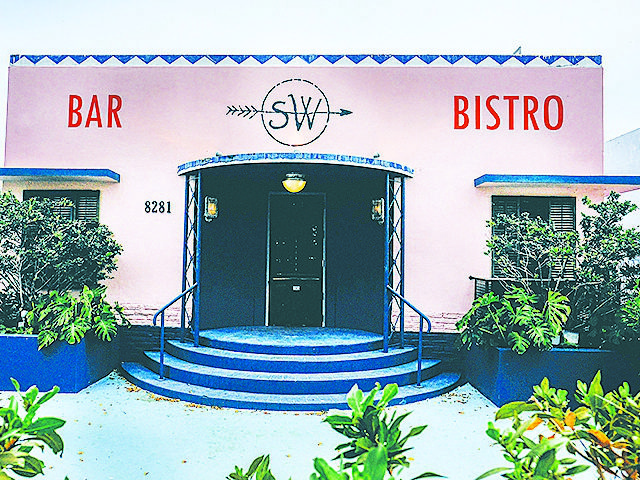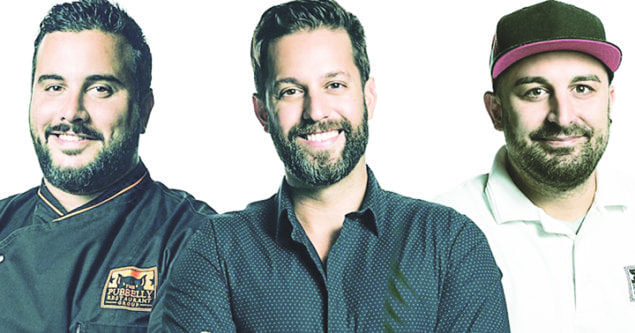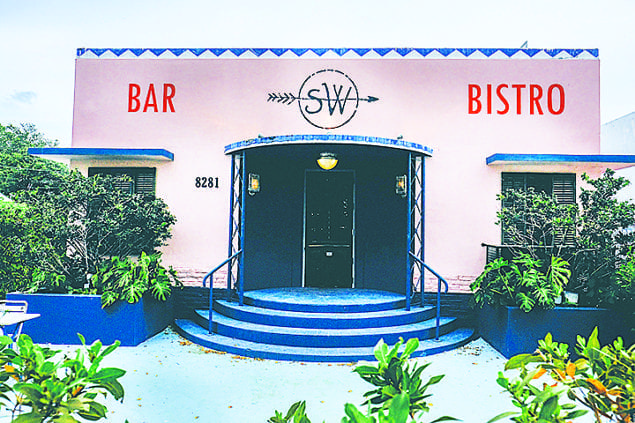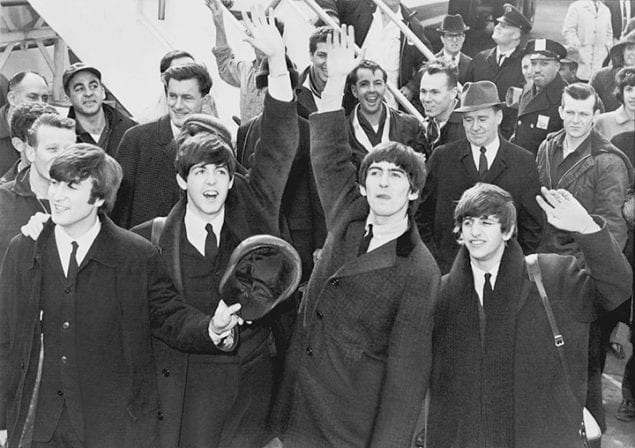If only the invasion of restaurant groups was like the old British Invasion, you know, the one that yielded the Beatles, the Rolling Stones, Dave Clark Five, Herman’s Hermits, the Animals, the Kinks, the Yardbirds, Freddy and the Dreamers, the Searchers, and Gerry and the Pacemakers, then it would be a blessing. But it isn’t. Those bands innocently loved the music; this is business.
During the joys of Hurricane Irma, after Zone A evacuated me to Philadelphia, I had the chance to eat at Stephen Starr’s Alma de Cuba. It was terrible. As unkind as this is, and as easy as it would be for a culinary expert like Stephen Starr to dismiss a two-bit, make-pretend, occasional fake food critic like me, it was terrible.
I am not trying to destroy Stephen Starr’s career like the bitter Oliver Platt food critic tried to destroy Jon Favreau’s restaurant in Chef so that he would ultimately have to phonily resurrect his career in Miami. Starr, famous and powerful, has already tried Miami. However, the Philadelphia story was just terrible. The table was bad, the food was cold, and I did what I have not done in my entire life — I sent my plate back. One of my mates also sent her dish back because of a foreign object residing on her plate, and despite the warm and generous efforts of an apologetic staff, little saved the day.
The STARR Restaurants empire represents a movement where design, style, and creativity trump food. They succeed in a number of ways for a number of people, but all things considered, this corporatization of dining is a creative, original disaster. Surely the STARR Restaurant group and its investors don’t agree, but in reality, they are all just six degrees of separation from Howard Johnsons. If we begin with McDonald’s, enter the Olive Garden, slide up to Chipotle, ride the giant horse at PF Changs, wait in line at the mall for Cheesecake Factory, and drop big legal money at Mortons, at the top of this chain are these designer hospitality groups. Starr’s Continental in the revamped Ankara Hotel on Miami Beach bit the dust last summer, so the dream is never foolproof. The same with Beachcraft.
The art of the deal involves a formula. First, the group comes up with a theme. Second, the group hires a chef they deem a celebrity to tout on a website. Third, the group designs everything from website with a tab for positive press to lunch, dinner, happy hour, and bar menus. Fourth, fill small plates with Brussels sprouts, pork belly, kale chips, mac and cheese, maple-bacon donuts and whatever someone in New York or LA is doing. Fifth, weave it into a cool concept. The quality matters sort of, while the flavor matters a little; both though take a back seat to a concept. To those who find this critique unfair, I suggest a trip to eat in Japan or any country where the chef, sous chef, or line cook does not play edible chairs.
We have a few groups here who manage this well: the Pubbelly Boys are up to nine ventures, though I have neither ability nor desire to eat their sushi at the American Airlines Dewar’s VIP Lounge. Kush Hospitality is hanging in there with its five places. Morgans just closed the Acme Lounge and opened Sherwood’s. The Genuine Hospitality Group of Harry’s Pizzeria, Ella, and Michael’s recently had a recruiting fair to help manage its expansion.
Yet this expansion is the topic I wish to address. Expansion dilutes talent. Ask the USFL or XFL. Bigger does not mean better, but as long as the Dow is rolling and the money is flowing, everyone in Miami hopes to cash in while the grill is burning.









